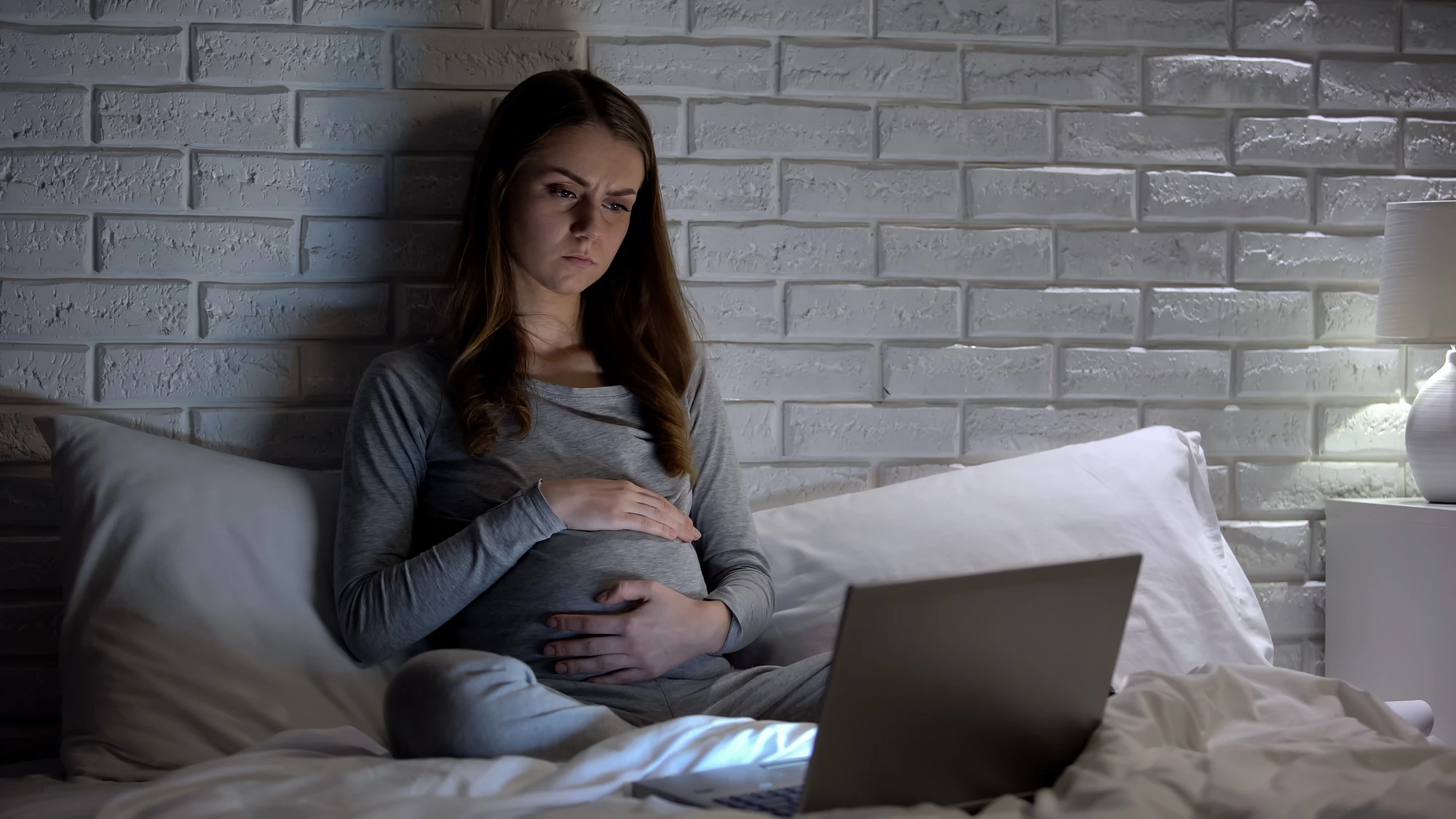Gestational diabetes, a potentially dangerous medical condition affecting pregnant women, has been seeing a worrisome spike in recent years. New research shows that the reason may have to do with how much excess light a woman encounters before sleeping.
Excess light at night has already been linked to heart health problems, and mounting research shows that disruptions to our circadian rhythms – the natural sleep and wake cycles our bodies go through each day – can have other detrimental cardiovascular effects. A 2020 study, for example, showed that irregular sleep times might double the risk of developing heart disease.
In the new study, researchers at Northwestern University (NU) monitored the pre-sleep light exposure of 741 women who wore a monitoring device on their wrists for a week. The women were examined during their second trimester, which is the time when screenings for gestational diabetes typically occur.
Gestational diabetes is a type that develops in a woman for the first time while she is pregnant. While it doesn't always present serious health risks during the pregnancy, those afflicted will have a higher risk of developing type 2 diabetes after the pregnancy, and the condition can increase the risk of heart disease and dementia later in life. Children born to mothers with the condition are also more likely to go on to develop hypertension and obesity.
Although only 31 of the women in study developed gestational diabetes, a trend was spotted, showing that the women who spent more time in bright versus dim light in the three hours before sleeping were more likely to develop the disease.
"Women who spent the least time in dim light had fivefold greater odds of developing gestational diabetes compared to those who spent the most time in dim light," said lead author Asst. Prof. Minjee Kim, in an interview with the Guardian.
Although the researchers didn't qualify whether the bright light exposure came from room lighting or electronic devices, a previous study has shown that exposure to blue light before sleeping can spike blood glucose levels in pregnant women. One theory is that bright light exposure can affect glucose metabolism by raising our heart rates. Put another way, "It seems there is inappropriate activation of the fight or flight response when it is time to rest," Kim said.
According to the researchers, the rate of gestational diabetes has been rising rapidly. For women who gave birth to babies between 2011 and 2013, the rate of the disease in the US was around 4.5%. However in 2020 the rate climbed to 7.8% of all births in the United States. If light exposure is helping drive the spike, it would be an easy area in which pregnant women could make an adjustment to lower their risk.
"We have a lot to prove, but my personal worry is that light may be silently contributing to this problem without most people realizing the potential harm," said Kim. "Now I’m the light police at home [...] I see all this light I never thought about before. I try to dim the light as much as possible. Just for evening activities such as dinner and bathing the kids, you don’t need bright light."
Kim suggests that pregnant women dim the lights in their homes at least three hours before bedtime, and limit their exposure to light from devices such as computer and phone screens.
The research has been published in the American Journal of Obstetrics and Gynecology Maternal Fetal Medicine.
Source: Northwestern University via EurekAlert





